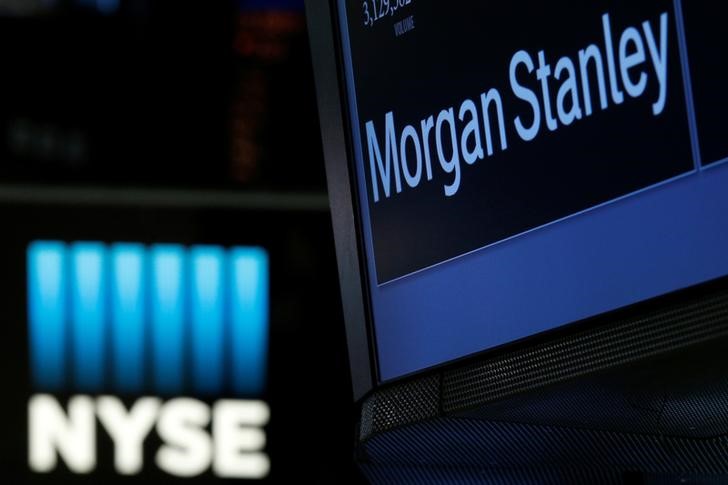(Bloomberg) -- Investors should use hedges to mitigate the effect of several trade-event risks, according to Morgan Stanley (NYSE:MS).
Trade worries have largely gone into the rear-view mirror this year as stocks have soared and the Federal Reserve turned more dovish. They still can’t be entirely ignored, as U.S.-China talks continue, the approval process for USMCA (the new trade accord between the U.S., Mexico and Canada) gets going and the U.S. contemplates implementing auto tariffs.
READ: Morgan Stanley Cautions Investors to Prepare for Auto Tariffs
“Hedges are a more appropriate way for investors to approach these events rather than wholesale shifts in asset allocation strategy,” Morgan Stanley strategists wrote. “We see the positive outcomes as mostly in the price of the respective markets and the negative outcomes as either unlikely (China, USMCA) or severe-but-temporary (autos/EU).”
READ: GIC Has ‘ Target (NYSE:TGT) List’ of Stocks to Buy With Trade War Swings
Owning variance on the Euro Stoxx 50 versus that on the S&P 500 would make sense as a hedge for potential auto tariff implementation, according to strategists Andrew Sheets and Serena Tang. That’s because the implied volatility on the European gauge is lower than that of the American one, and that would likely reverse if European Union-U.S. trade tensions increased, they wrote. Their colleague Sheena Shah suggested shorting the euro/Japanese yen cross via options.
For those who own Mexican local assets, strategist Andres Jaime recommends hedges based on the U.S. dollar/Mexican peso for uncertainty over ratification of the USMCA, as peso long positioning looks “stretched.” Morgan Stanley’s base case is for USMCA to be ratified, which would keep the peso stronger because high interest rates are giving the currency a cushion, Jaime said.
